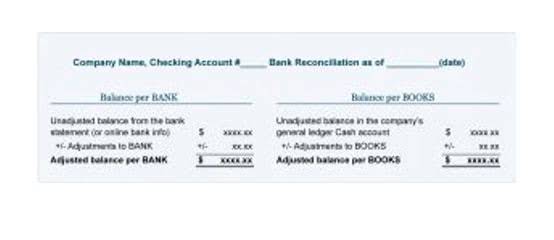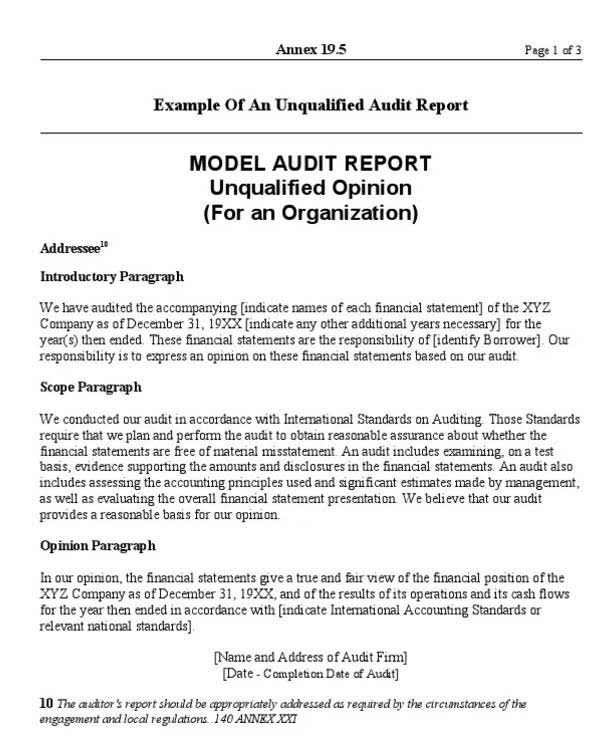
These indirect costs can have a significant impact on a company’s profit margin. Net profit margin includes all the direct costs and indirect costs that go into running a business, from labor to administration and general costs. It’s helpful for measuring how changes in the cost of goods can impact a company’s profits. Changes in gross profit margin are used to analyze trends in profitability and the cost of inputs. Net Sales is the equivalent to revenue or the total amount of money generated from sales for the period.
Formula and Calculation of Gross Profit Margin

The businesses with the highest profit margins are typically service industries like law, banking, and software development. They have low operating costs because they don’t have inventory, which means they subtract less in cost of goods sold and retain more of their revenue. In contrast, industries like clothing sales tend to have high input costs since they have to account for both labor and materials. A clothing retailer might have a gross profit margin of anywhere from 5% to 13% and still be considered a healthy business. This figure is the company’s gross profit expressed as a dollar figure. Divide that figure by the total revenue and multiply it by 100 to get the gross margin.
How to Calculate Cost of Goods Sold

Finding new customers and marketing your goods or services to them consumes time and is expensive. But when you focus on ways to increase customer retention, you can continue to make sales to the same people over and over without the expense of lead generation and conversion. Does your business regularly buy and use the same supplies over and over? These could be for daily operations, to make goods, or even to ship products to customers. Whatever your regular supplies are, don’t just buy them when you need them.
How to use the free cash flow margin formula for cash management
The second way retailers can achieve a high ratio is by marking their goods up higher. This obviously has to be done competitively otherwise goods will be too expensive and customers will shop elsewhere. New governmental regulations or changes in existing ones can lead to increased compliance costs. For instance, stricter environmental regulations mean investing in cleaner technologies or practices, which can be costly. Another approach to streamlining processes is by implementing Lean principles.

Consider Industry Standards
- According to a New York University analysis of industries in January 2022, the average profit margins range from nearly 29% for railroad transportation to almost -20% for renewable and green energy.
- Now she has $650,000 that can be used to pay for other bills like rent and utilities.
- Gross margin and gross profit are often used interchangeably but there are a couple of key distinctions between the two.
- But by tracking your expenses, you’ll be able to identify unnecessary expenses that can be trimmed to increase your profit margin.
- The gross profit margin can be used by management on a per-unit or per-product basis to identify successful vs. unsuccessful product lines.
Revenue, often hailed as the lifeblood of a business, represents the total income generated from sales before any costs are deducted. A company may have high operational or marketing expenses that can offset the benefits of a robust gross margin. But, as a general rule of thumb, a thriving gross margin is a positive indicator of a company’s financial vigor. gross margin accounting The margin remaining after subtracting the cost of goods sold is used to pay for all other expenses, and if the company is profitable, the money left over is known as «net profit.» You can reduce material costs by negotiating lower prices with your suppliers. If you’re a large customer who buys materials every month, you may negotiate a lower price.
- Different types of margins, including operating margin and net profit margin, focus on separate stages and aspects of the business.
- However, in a merchandising business, cost incurred is usually the actual amount of the finished product (plus shipping cost, if any) purchased by a merchandiser from a manufacturer or supplier.
- It’s also a great way to get started when assessing any income statement.
- Passing both tests, I think companies have a good argument to view these labor costs as an asset.
- Service-based industries tend to have higher gross margins and gross profit margins because they don’t have large amounts of COGS.
- It’s the top line on the income statement and sets the stage for gross margin calculations.
- If Company ABC finds a way to manufacture its product at one-fifth of the cost, it will command a higher gross margin due to its reduced cost of goods sold.
By negotiating better deals with suppliers, it can reduce its COGS, increasing gross margin without affecting product quality. Additionally, knowing the factors that impact gross margin allows companies to adjust their operations strategically. For example, if a company with $100,000 in revenue has a gross margin of 50%, it means they have $50,000 left over after accounting for the COGS. To calculate gross margin, here are the gross margin formula to follow and an example scenario that will make it easier for you to understand the concept.
